Slideshow: Urinary Incontinence in Women

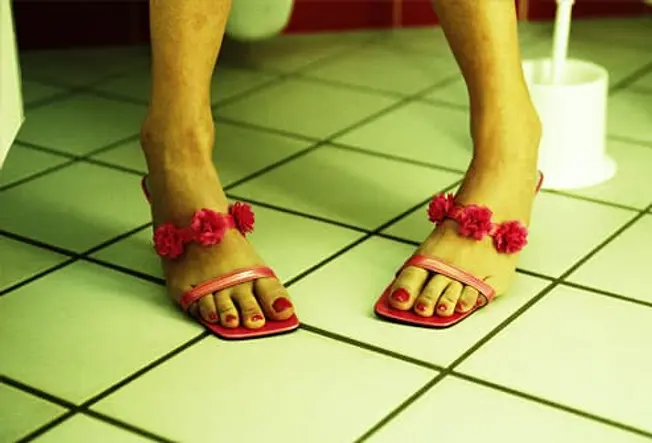
Incontinence: What Is It?
Urinary incontinence, or loss of bladder control, is a frustrating problem for millions of Americans. Never knowing when and where you might have an accident can affect everything from work to exercise to your social life. It happens to both men and women, but it's more common in women. Studies show that at least half of older women may have some form of incontinence.
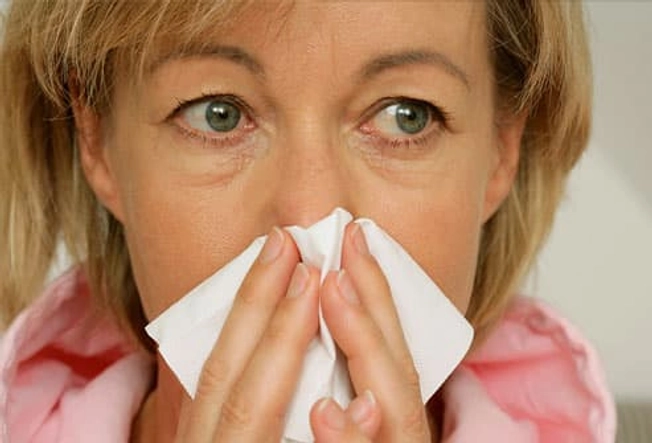
Stress Incontinence: Symptoms
The main symptom is peeing unexpectedly, but there are different types of incontinence. If you leak a bit when you laugh, cough, sneeze, jog, or lift something heavy, you may have stress incontinence. This is the most common bladder control problem in younger women.
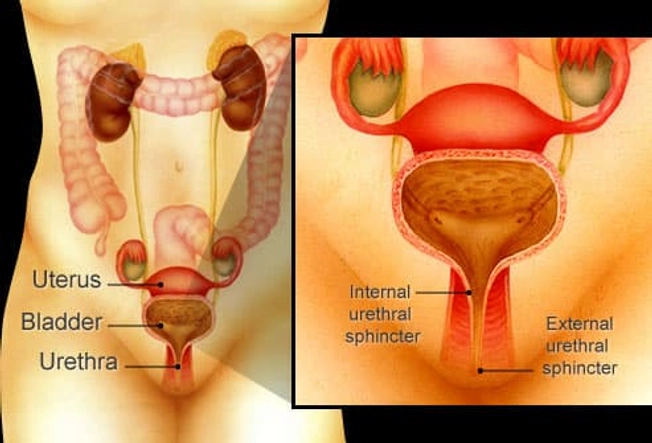
Stress Incontinence: Causes
Stress incontinence happens when the muscles and tissues around the opening of the bladder get weak. When there's more pressure against the bladder and this opening doesn't stay closed, leakage happens. Pressure from coughing or laughing may be all it takes for you to leak. There are a few reasons why these muscles can lose strength: They may be stretched by weight gain, a sports injury, or pregnancies and vaginal childbirths.
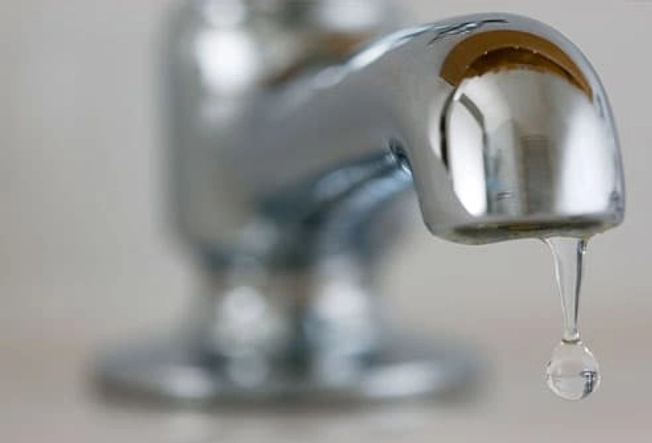
Urge Incontinence: Symptoms
If you often have a desperate need to pee but can't get to the bathroom in time, you may have urge incontinence. The sudden urge can be brought on from hearing the sound of running water or sipping a drink. Or there may not be any reason for it. With this type of incontinence, you may leak large amounts of urine. You may also find yourself running to the bathroom even when your bladder is mostly empty.
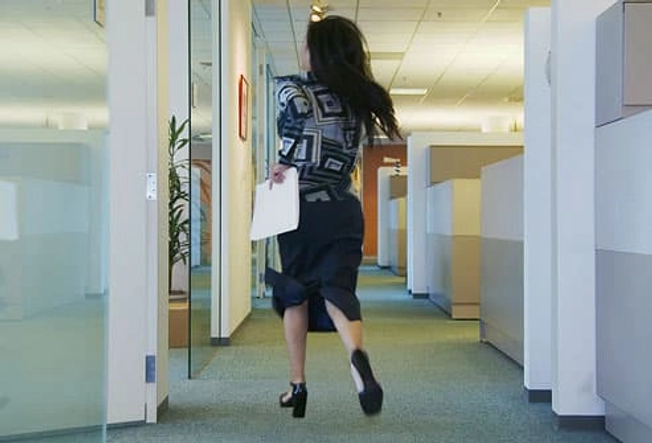
Urge Incontinence: Causes
A sudden, overwhelming need to pee might be caused by spasms of the bladder muscles. These spasms can come from nerve or muscle damage. In some cases, a stroke, an infection, or inflammation of the bladder can cause damage.
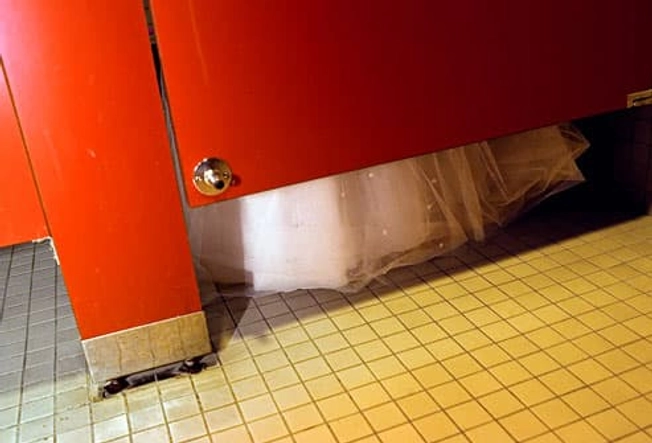
Overactive Bladder
With overactive bladder, you have a sudden, frequent need to pee. But not everyone with overactive bladder has incontinence. Many women are able to “hold it” until they get to the toilet. Instead of leaking urine, the big problem for them is constantly having to stop what they're doing to go to the bathroom.
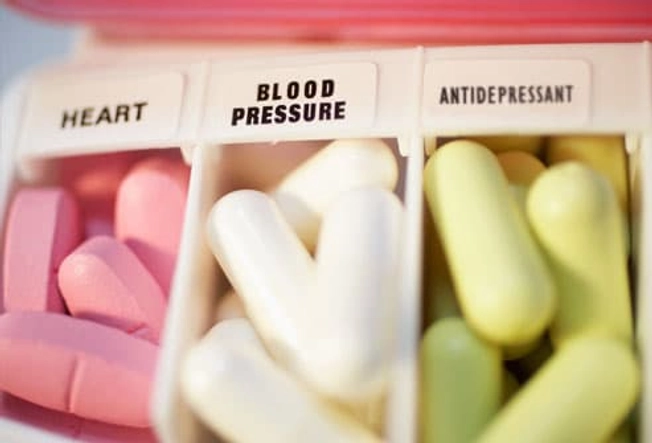
Medications That Worsen Incontinence
Some medicines can cause incontinence or make it worse. In women, some types of antidepressants can make incontinence worse, but some may relieve the symptoms. And diuretics or "water pills" create more urine, which adds to the problem.
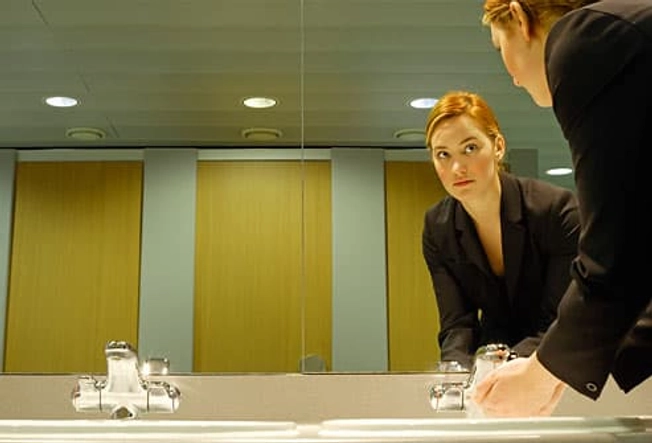
Emotional Toll of Incontinence
Incontinence isn't dangerous, but it can wear you down. Research shows that women with incontinence have lower self-esteem, a less active sex life, and higher levels of depression than women with healthy bladders. It doesn't have to be that way. Incontinence can be managed or even reversed.
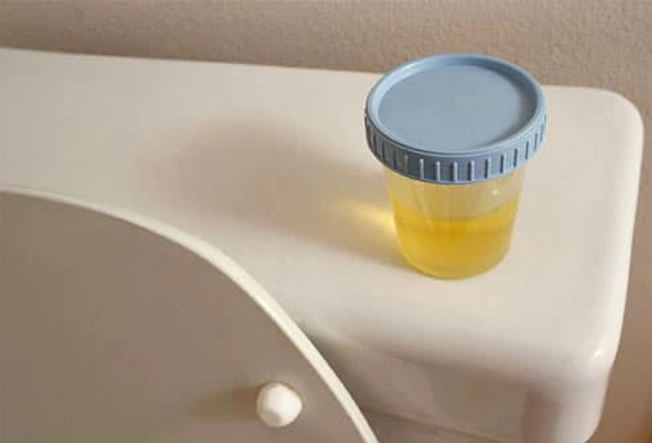
Diagnosing Incontinence
The first step is to find out exactly what kind of incontinence you have. Your doctor will ask about your medical history and probably get a urine sample to check for a urinary tract infection. They may ask you to stand and cough, a way to signal stress incontinence. You may also be asked to keep a diary showing how much you drink, how much you pee, and how often you leak. The doctor may also ask for a urodynamic test to measure such things as nerve and muscle function or pressure in or around the bladder, flow rates, and other issues.
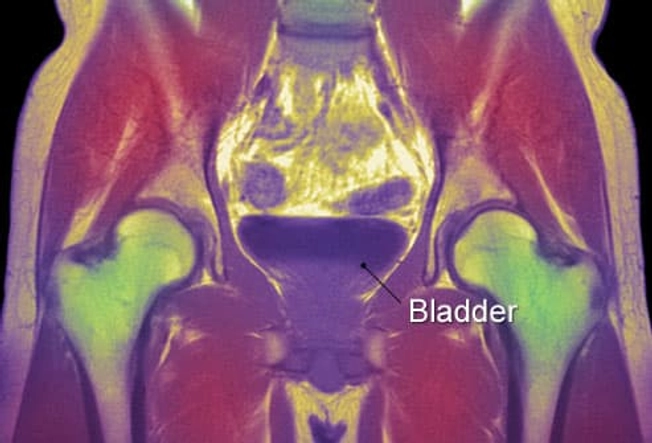
Diagnosing Incontinence: Tests
You may have different tests to help pinpoint the cause of your incontinence. Ultrasound imagery can show how your bladder and urethra change when you pee or cough. A pad test shows how much urine you pass throughout the day. A bladder stress test checks for stress incontinence. Cystometry measures bladder pressure and can help diagnose urge incontinence. An MRI scan (seen here) may show problems that can't be seen with other tests.
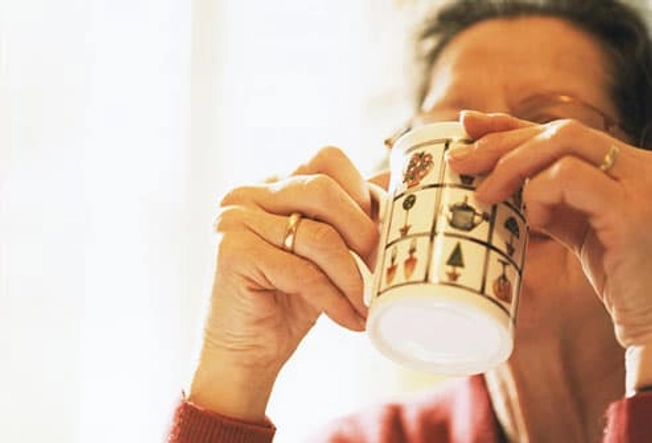
Managing Mild Incontinence
Many women with mild incontinence can stop leaks by drinking less. Try pouring your cups half-full, and stay away from drinks with caffeine like coffee, tea, and sodas. It can cause you to make more urine, which leads to needing to go more often. Make sure to drink enough water so you won't become dehydrated. Another strategy is to empty your bladder regularly, every 2 to 4 hours, whether you need to go or not.
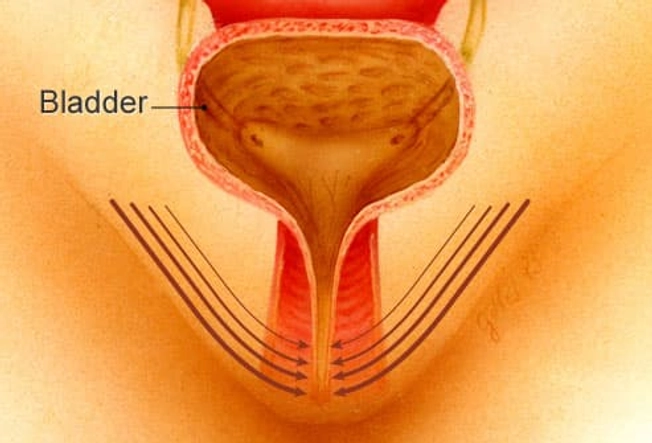
Kegel Exercises
Because stress incontinence comes from weak pelvic muscles, you should try to strengthen them. You can do this with Kegel exercises: Clench the muscles you would use to squeeze a tampon in your vagina. Hold the squeeze for 10 seconds, then relax. Do three or four sets every day. As these muscles get stronger, so should your bladder control. You can also learn to do Kegels by stopping the flow of urine, but only do this to learn how or you could get an infection.
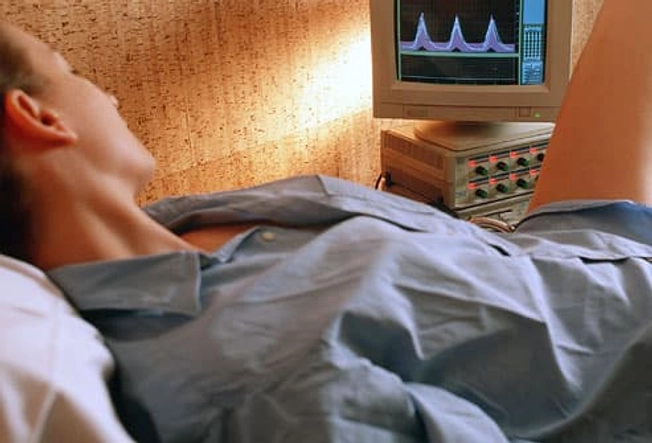
Biofeedback
Biofeedback is a method that gives you real-time information about activity in your bladder and pelvic muscles. As you learn more about these functions, you may be better able to control them. You can use biofeedback with Kegel exercises.

Pessary
When lifestyle adjustments don't help, talk to your doctor. If you have stress incontinence, a pessary may help. This device can be put into the vagina to help cut down on the leakage. You can wear it continuously or only as needed, such as during a hard workout.

Bladder Training
Bladder training can be helped with both stress incontinence and urge incontinence. Make a chart of what times you go to the bathroom and when you leak. After studying the patterns, you can avoid accidents by heading to the bathroom before a leak might happen. You can also gradually lengthen the time between bathroom visits to train your bladder to hold out for longer and longer.
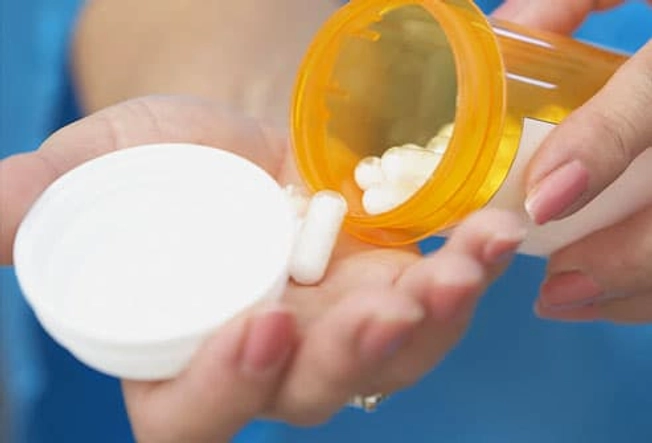
Medications for Incontinence
For urge incontinence, doctors often suggest anticholinergic medicines. These pills or patches block some of the nerves in the bladder muscle. Studies show they work well together with bladder training. Botox injections into the bladder muscle can relax the bladder, which allows it to hold more urine. The injections aren't permanent, but they can last up to 8 or 9 months and can be repeated.
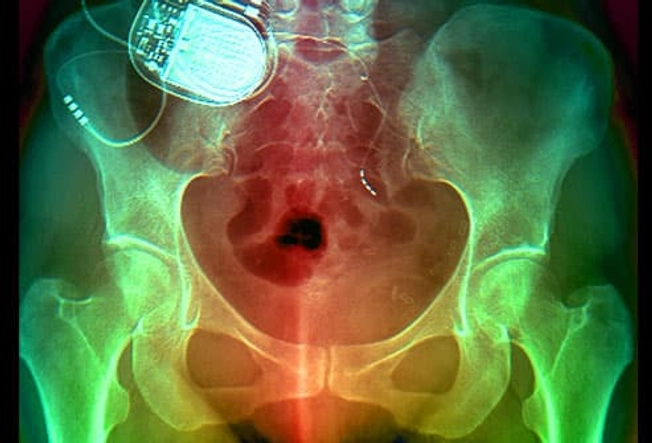
Other Treatments
If you're still having trouble, your doctor may suggest other options. For urge incontinence, there's a device that stimulates nerves near the bladder and controls spasms with electrical signals (shown here). You may also benefit from injections of botulinum toxin (Botox). For both urge and stress incontinence, different types of surgeries can help.
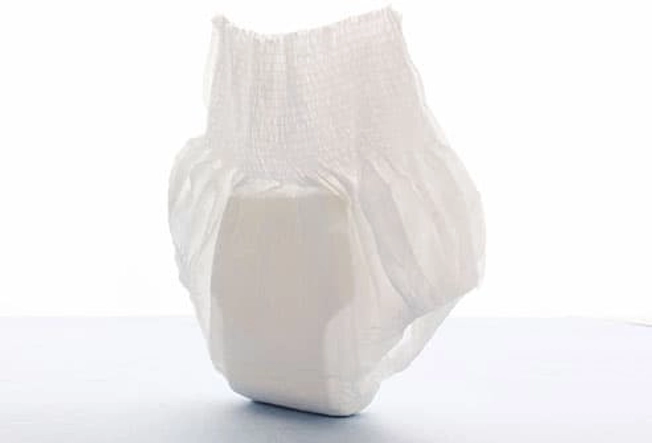
Incontinence Products
Urinary incontinence products like panty liners, adult diapers, and plastic-coated underwear can help you feel more confident. You can find products like these in drugstores or medical supply stores. Protective bedding, such as a plastic mattress protector, may also be useful.

Preventing Incontinence
You can lower your risk of incontinence by doing daily Kegel exercises. If you smoke, try to quit. Smoking can lead to a chronic cough, which can stress the bladder and cause leaks.